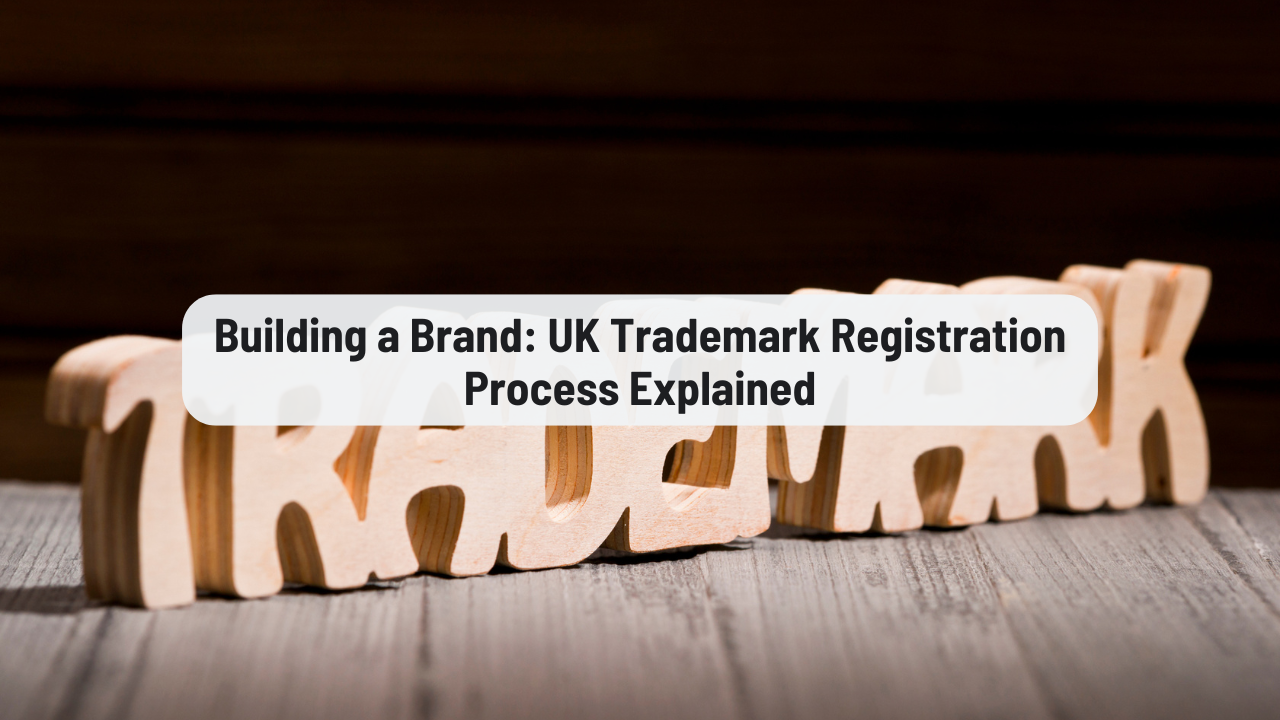
Establishing a memorable brand goes beyond a catchy name or striking logo; it’s about securing exclusive rights that prevent others from copying or diluting your identity. Registering a trademark with the UK Intellectual Property Office (IPO) ensures your name, symbol, or slogan remains yours alone. This guide walks you through every stage of the UK trademark application process, from early research to final registration and beyond.
Understanding Trademarks
A trademark is any sign, word, logo, slogan, shape or sound that distinguishes your goods or services from those of your competitors.
- Why trademarks matter
- They protect your investment in marketing and goodwill
- They help consumers instantly recognise and trust your brand
- A registered mark lets you enforce your rights against imitators
Without trademark protection, your brand could be vulnerable to misuse or confusion, undermining customer loyalty and eroding value.
Preparing for Registration
Conduct a Thorough Search
Before you apply, check that your proposed mark isn’t already in use. The IPO offers an online search tool, but you may also consult commercial databases for wider coverage.
- Look for identical or confusingly similar marks in your industry
- Search across the classes you intend to register for
This step minimises the risk of objections or opposition later on.
Identify the Correct Classes
The Nice Classification divides goods and services into 45 categories (34 for goods, 11 for services). Selecting the right class—or classes—is crucial, as your protection only covers exactly what you list.
- For a clothing line, you’d register under Class 25 (clothing, footwear, headgear)
- A software application might fall under Class 9 (computer programmes) and Class 42 (IT services)
Limiting your application to relevant classes keeps costs down while ensuring comprehensive coverage.
Completing the Application
Fill in Your Details
Head to the IPO website and start your application. You’ll need to provide:
- A clear reproduction of your mark (word, device or combination)
- Your name and address (individual or company)
- A list of goods and/or services, mapped to the chosen classes
Pay the Official Fees
The standard online fee is £170 for one class, plus £50 for each additional class. Fees are non-refundable, so double-check your details before submitting.
Examination by the IPO
Once received, your application undergoes two main checks:
- Formalities Review
The IPO confirms that all sections are complete and that the required fees have been paid. - Substantive Search
An examiner searches the register and assesses whether your mark is too similar to existing ones, or if it’s descriptive, misleading or offensive.
If issues arise, you’ll receive an examination report detailing objections and guidance on how to respond. You typically have two months to overcome any hurdles.
Publication and Opposition
If the examiner raises no objections—or once you’ve resolved them—your application is published in the Trade Marks Journal for a two-month opposition window. During this time, third parties may object on grounds such as:
- Earlier identical or similar marks
- Your mark being descriptive or non-distinctive
Should an opposition occur, you can negotiate a coexistence agreement, seek to narrow your specifications, or defend your application at a hearing.
Registration and Beyond
Receiving Your Certificate
Provided no successful oppositions, the IPO will register your trademark and issue a certificate. You may immediately begin using the ® symbol to signal your exclusive rights.
Maintaining Your Trademark
A UK registration lasts ten years from the filing date and may be renewed indefinitely in ten-year increments. To keep your mark live:
- Renew up to six months before expiry,or within six months after, paying a surcharge
- Monitor renewal reminders; lapsed marks can be restored only under limited conditions
Common Pitfalls and Best Practices
- Overly Descriptive Marks: Generic words (e.g., “Coffee Spot” for a café) are unlikely to pass muster.
- Lack of Distinctiveness: Test your mark on colleagues and customers to gauge originality.
- Class Creep: Only select classes you genuinely use; overreaching invites objections and unnecessary costs.
- Professional Advice: Complex marks or multi-class strategies benefit from trademark attorney input.
Conclusion
Registering a trademark in the UK safeguards your brand identity, boosts credibility and creates a valuable business asset. By conducting diligent research, choosing appropriate classes, and navigating the IPO process carefully, you’ll secure robust protection for your name, logo or slogan. Remember to monitor deadlines and stay vigilant against potential challengers, so your brand can flourish with confidence.
By understanding these deadlines and planning ahead, you’ll safeguard your UK trademark preserving your brand’s exclusivity and preventing unintended lapses.
For Legal and Business Solutions, visit: ST Consultancy
Follow Us:
Facebook – https://www.facebook.com/profile.php?id=61564973949911
Instagram – https://www.instagram.com/stconsultancy_stc/
Twitter – https://x.com/st_stc43927
LinkedIn – https://www.linkedin.com/company/st-consultancy-ltd, Dr. Erika Szita-Szegedi, Manmeet Abroll

